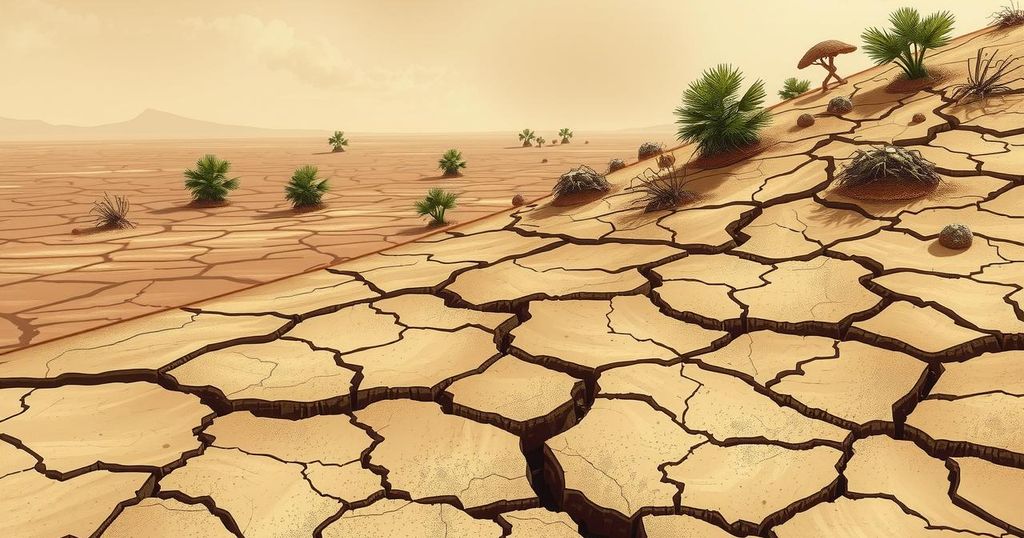Somalia Food Security Brief: Challenges and Predictions for 2025

This article discusses the deteriorating food security situation in Somalia, highlighting reduced cereal production due to adverse weather, livestock sector impacts from shortages, mixed cereal price trends, and a forecasted increase in severe food insecurity by mid-2025.
This brief outlines critical elements regarding the food security situation in Somalia as of April 2025. The 2024 cereal production has diminished substantially, primarily due to adverse weather conditions, while pasture and water shortages are impacting the livestock sector. Furthermore, fluctuating cereal prices reflect the uneven recovery trajectories of local harvests, and a worsening food security outlook is anticipated for mid-2025 due to unfavorable climatic conditions and decreased humanitarian support.
The harvest of the 2024 secondary deyr crops was concluded in February 2025. In central and southern regions, this season accounts for approximately 40 percent of Somalia’s total annual cereal yield. Unfortunately, the deyr rainy season recorded below-average rainfall and erratic rain distribution, leading to significant planting disruptions and underwhelming crop maturation. Consequently, cereal production is projected to be around 127,000 tonnes, which is about 18 percent below the five-year average, further exacerbated by ongoing insecurity and pest issues.
As for the pastoral areas, significant deficiencies in rainfall during the deyr season have led to critical shortages in pasture and water. This scarcity negatively affects livestock health and production. Until the arrival of the gu rains in 2025, these conditions are likely to persist, compromising animal well-being and productivity.
In terms of market dynamics, the prices of various cereals exhibited mixed trends in early 2025. Local harvest variations due to erratic climatic conditions, combined with market disruptions driven by insecurity, led to price fluctuations. For instance, maize prices in the Lower Shabelle Region decreased, while they remained stable in other markets. Conversely, sorghum prices experienced significant increases in some areas, resulting in poorer terms of trade for pastoralists who face higher cereal prices than livestock values compared to previous years.
Looking ahead, the food security situation in Somalia is anticipated to decline sharply in mid-2025. As of January 2025, roughly 3.4 million people were identified as severely food insecure, with projections expecting this number to escalate to 4.6 million by mid-2025. Factors contributing to this decline include deficient rainfall forecasts for the impending gu season, a reduction in humanitarian aid, and an expected rise in population displacement driven by ongoing drought and conflict.
In summary, Somalia’s food security is currently in a precarious situation, with reduced cereal production attributed to adverse weather conditions affecting both crops and livestock. Market fluctuations in cereal pricing indicate a troubling trend for food accessibility among pastoralists. The anticipated increase in food insecurity highlights the urgent need for humanitarian assistance and strategic interventions in response to the unfavorable climatic conditions and ongoing conflict. Immediate actions are crucial to mitigate the impending crisis and support vulnerable populations across the country.
Original Source: reliefweb.int







